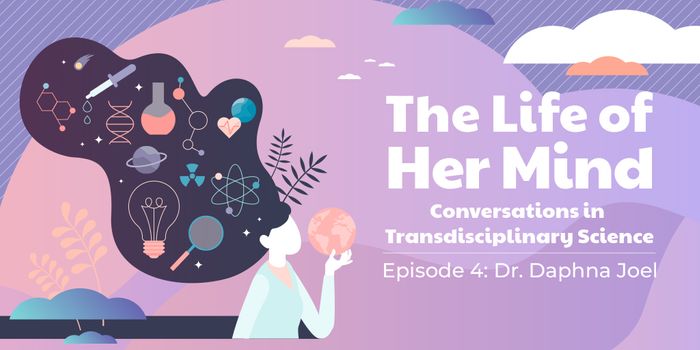The Science Behind Synesthesia
You may have heard of a strange condition that some people are born with known as synesthesia, which is when people are able to hear colors or see sounds. It may sound like a complete load of bologna, but it's actually a real thing.
Synesthesia is an involuntary nervous system response that allows out bodies to cross sounds or visions with colors, or vice versa. As you might expect, it's somewhat rare. Someone who trains themselves to think of colors after hearing a sound doesn't count in the amount of people diagnosed with synesthesia.
In layman's terms, synesthesia is essentially when the pathways in our brains are "cross-wired," and instead of seeing what we should, certain triggers may have us see something we'd expect to sense with another one of our senses.
Synesthetic patients are known to have unrelated parts of the brain become active during moments when a different part of the brain should be while in the midst of experiencing senses. For example, patients known to have Synesthesia are well-documented to see colors even when the primary visual cortex of the brain isn't showing any signs of activity.








